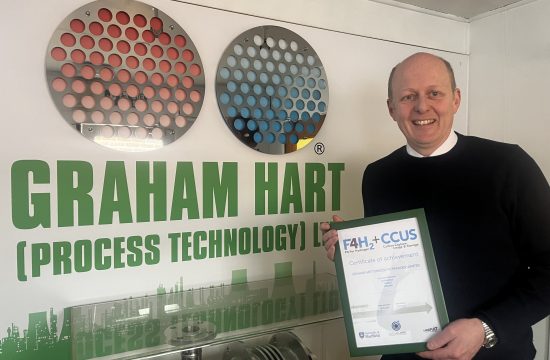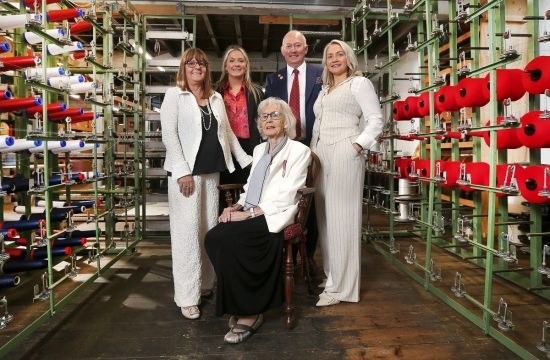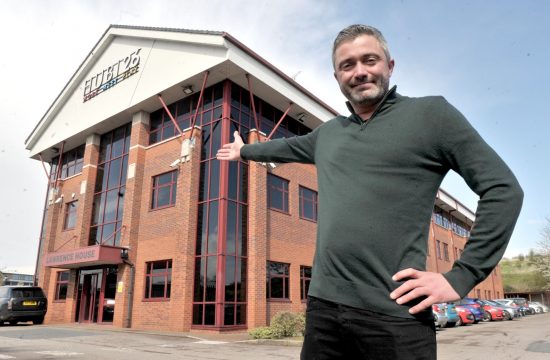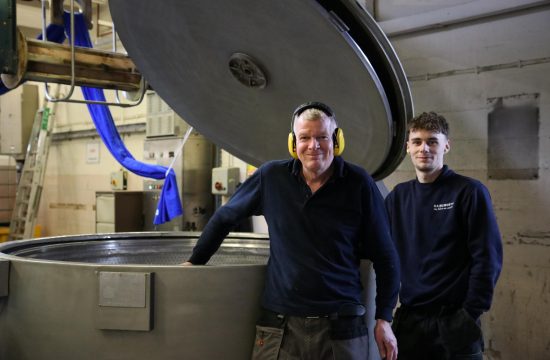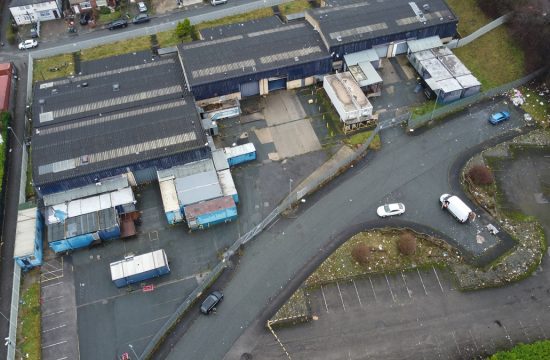It’s a scheme that will undoubtedly bring an element of short term pain to motorists who use the road, but the £10.3m Hard Ings Road improvement scheme on the A629 at Keighley is ultimately set to deliver huge gains to the region.
And business growth will be a key outcome when the scheme, which will see the road widened to become a dual carriageway, is finally completed, according to political leaders.
Cllr Kim Groves Chair of the West Yorkshire Combined Authority (WYCA) Transport Committee said: “By reducing congestion in Keighley, this West Yorkshire-plus Transport Fund scheme will increase opportunities for economic growth and job creation in the area.”
Funded by the WTCA’s West Yorkshire-plus Transport Fund, the long-awaited scheme is intended to reduce delays and cut journey times, resulting in significant benefits for business and for individuals.
Leeds firm Howard Engineering Limited has been awarded the contract for the work and is keen to keep local firms and motorists as up to date as possible with their progress and to keep disruption to a minimum.
But with a 58- week programme of work, significant delays are likely to be unavoidable, and Bradford Council has warned people to avoid driving in the area of the work wherever possible.
Lucie Jones, Pre-Contracts Manager at Howard Civil Engineering, said: “This is a complex scheme that has involved a great deal of planning.
“Delivering the works with the least amount of disruption to local businesses and residences is our priority. We are looking forward to getting to know all our neighbours over the next few weeks through our community liaison programme.”
The scheme has been long-mooted, and issues of buildings and land alongside the sections being widened created issues.
But after the scheme went out to public consultation three years ago, a start date was finally set last year, and work got underway in earnest in May.
Cllr Alex Ross-Shaw, the council’s portfolio holder for Regeneration, Planning, and Transport, has no doubt that the benefits of the scheme will far outweigh the issues the project brings – and will proof to be a real boost to the town and the region’s economy.
He said: “Better roads deliver significant benefits and the Hard Ings project is no exception.
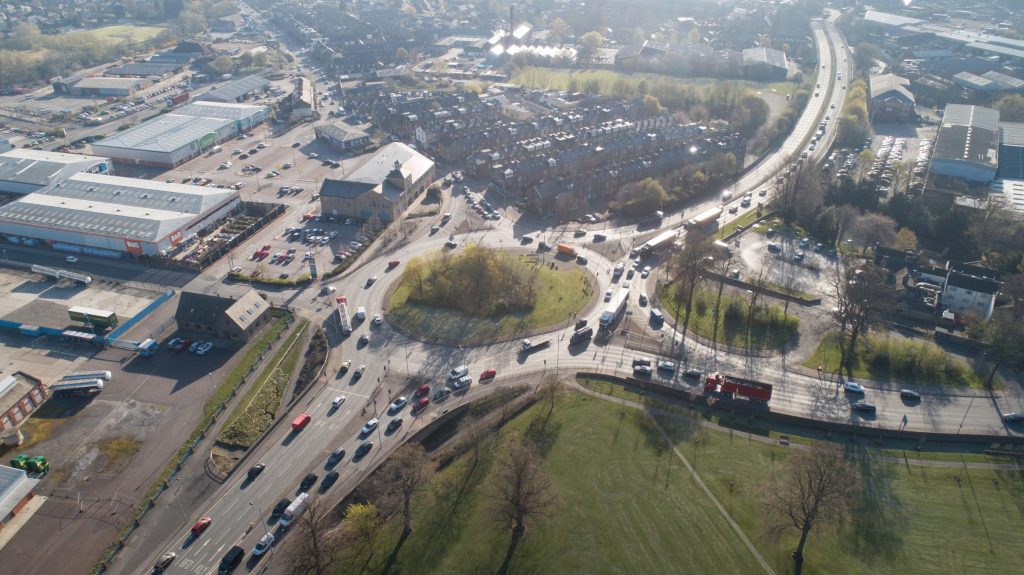
“This scheme not only delivers much shorter journey times, but it also improves road safety, air quality, sustainable transport and will give a boost to the local economy.
“Reducing congestion is vital to unlocking our growth potential but it can also deliver better air quality too. We always look at opportunities to make environmental improvements on our projects and Hard Ings will feature better facilities for pedestrians and cyclists and more trees along the route as a result of this work.”
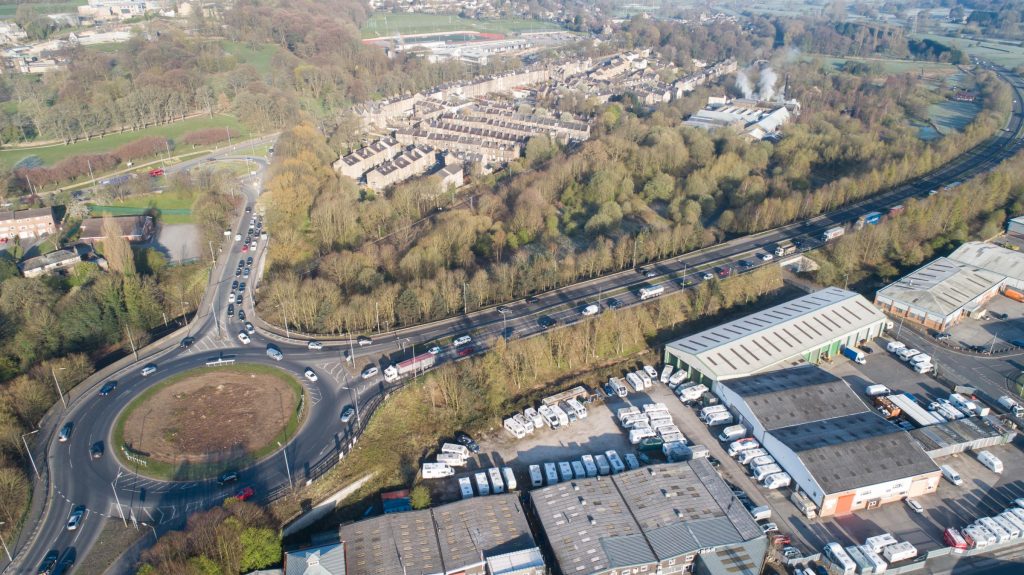
The business case for the road, presented to the WYCA before the scheme was finally agreed, stated that Keighley was an important industrial economic base for Bradford and West Yorkshire, with several large existing employers based in the town.
It stated: “It is also establishing itself as a centre for research and development and has many new houses planned (4,500) which are set out in Bradford Council’s Core Strategy Development Plan.”
The report warned of the negative impact on growth of the congested road as it was.
“Congestion issues along Hard Ings Road are having a negative impact on Keighley’s current economic standing, and its potential for further growth, including its ability to grow its research and development sectors and for new houses to be connected to employment opportunities within and around the Keighley area”
“The A650 Hard Ings Road is a strategically important route linking Bradford to Keighley and onwards to Skipton via the A620 and Pendle area via A6088.
“This also has a negative impact on Keighley town centre as drivers divert away from this congested section of road.” This made the town less attractive to investors, the report added.
The Hard Ings scheme is funded through the West Yorkshire-plus Transport Fund. The Fund is supported through the Leeds City Region Local Enterprise Partnership Growth Deal – a £1 billion package of Government investment delivered in partnership with the WYCA to accelerate growth and create jobs across Leeds City Region.
The Combined Authority has allocated £150 million of Transport Fund investment for schemes in the Bradford district.
In addition to the Hard Ings Road improvements, major junction improvements at the Harrogate Road New Line junction at Greengates and at three roundabouts on the A6177 Outer Ring Road to the west of Bradford are set to get underway in the coming year.
Hard Ings is one of 13 major new Leeds City Region transport improvement schemes worth more than £200 million which are scheduled to get underway this financial year.
These also include work starting on the Corridor Improvement Project at the Dyneley Arms junction, Leeds, and Garforth and Mytholmroyd park and ride car parks at the railway stations – two of six West Yorkshire stations where park and ride car parks are being built or extended.
Schemes approved for support from the Transport Fund are all intended to improve road, bus, rail and other links across the region over a 20-year period – and to encourage growth in line with the Leeds City Region Strategic Economic Plan.
Cllr Peter Box, Chair of the West Yorkshire Combined Authority Investment Committee, said: “Each of our schemes is carefully identified and developed according to rigorous assessment processes and it is exciting to see that hard work turning into activity on the ground.
“They are about helping local people access jobs and opportunities, enabling our businesses to prosper and expand and opening up land for much-needed new housing and development. And they will ensure the region can take full advantage of planned major national transport investments, when they arrive.”
Cllr Box added: “In 2014, Leeds City region secured the largest Growth Deal settlement in the country.
“We continue to deliver on that deal by using it to support the creation of over 7,600 new jobs, safeguarding over 22,000 jobs through flood resilience measures, building almost 350 new houses and attracting almost £½ billion of additional private and public sector funding.”





